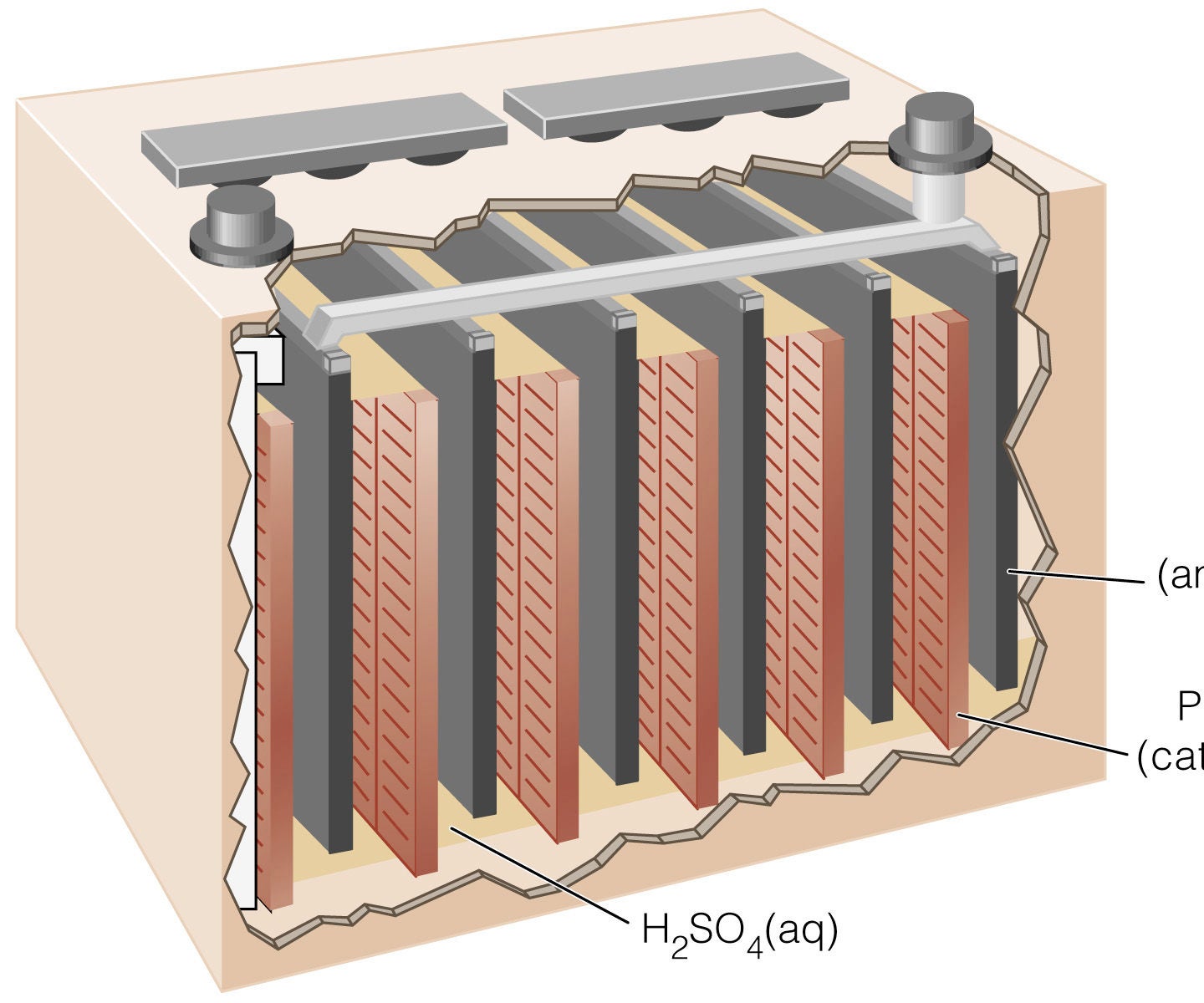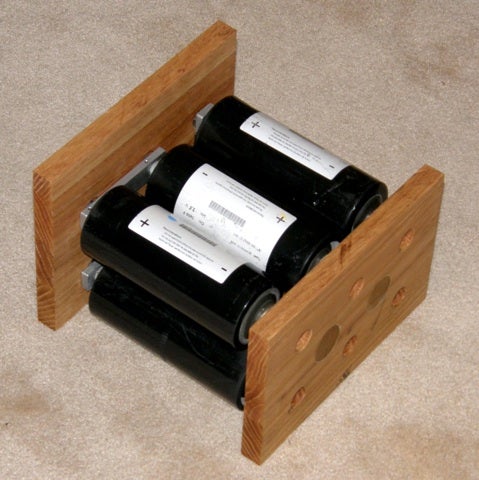3-5 years is typical. But it can vary greatly depending on how often the UPS kicks over to battery, the demand (load) on the batteries when running on battery, heat within the UPS, and other factors too. If your grid is frequently failing, that sure would affect the lifespan of the UPS batteries.
I have had cells barely last 2 years and then I have had cells last more than 6 years. There is no set rule.
Note that 650VA is not very big either. I cannot find complete specs for your Prolink 650W so I can cannot find what value they use for power factor (PF). The PF value is a variable used in formulas to convert volt/amps (VA) to watts (W).
I have seen power factor values anywhere from .5 all the way up to .9. Typically, unless otherwise specified, .6 is used. I note Cyberpower and APC often use .6 for PF and again, that is pretty typical.
So to convert VA to W, you use the formula, VA x PF = W. So in your case, 650VA x .6PF = 390W.
What are you protecting with your UPS? I hope not your CRT monitor as they demand lots of power.
Bigger UPS are able to take more abuse from power line anomalies and bigger loads. Plus the bigger UPS typically have better response times and better regulation - not because they are bigger but because UPS makers put better features in their more expensive models. And naturally, bigger UPS are more expensive.
Some UPS have a sensitivity switch. If your grid is unstable and the UPS sensitivity is too sensitive, it may cut-over to battery much more often than needed. That is, it might be switching to battery when really the AVR (automatic voltage regulation) circuits could handle the short-term anomalies without the need to cut over to battery. So if your UPS lets you adjust the sensitivity, you might check into that.
I have a 1500VA/900W APC UPS supporting my PC, all my network gear (modem, wireless router and 4-port switch) plus "two" 24 inch LCD monitors. That is more UPS than I need but bigger UPS also provide longer battery run times. For example, if I lose power right now, I have about 50 minutes of run time. If I power off one monitor, that goes up to 65 minutes. If I power off both monitors and the computer itself, I get nearly 3 hours of battery run time that is used to keep my wireless network alive - allowing me Internet access through my notebook and cell phone long after the power outage starts.
So IMO, you might want to consider a bigger UPS when budget allows.
Also, you need to verify your wall outlets are properly wired. Faulty wiring can cause your UPS to kick over to battery power more frequently than needed. So, every home and every computer user should have access to a
AC Outlet Tester to ensure the wall outlet is properly wired
and grounded to Earth ground. I recommend one with a GFCI (ground fault circuit interrupt) indicator as it can be used to test bathroom and kitchen outlets (outlets near water) too. These testers can be found for your type and voltage outlet, foreign or domestic, (like
this one for the UK) at most home improvement stores, or even the electrical department at Wal-Mart. Use it to test all the outlets in the home and if a fault is shown, have it fixed by a qualified electrician.







 because 1270 indicates 7AH across the industry.
because 1270 indicates 7AH across the industry.
